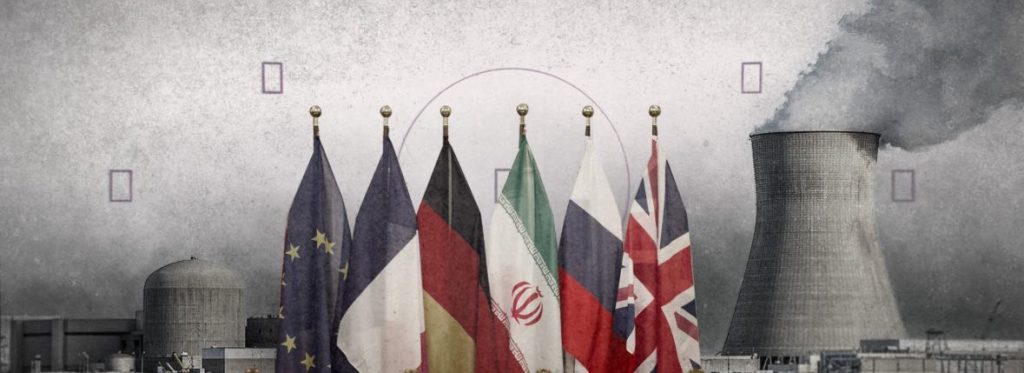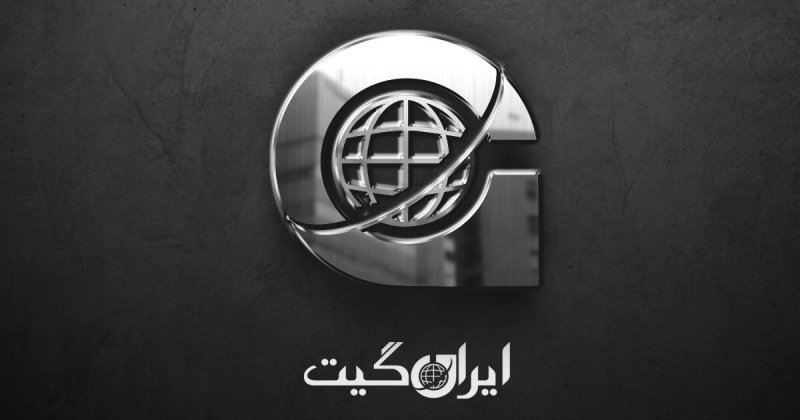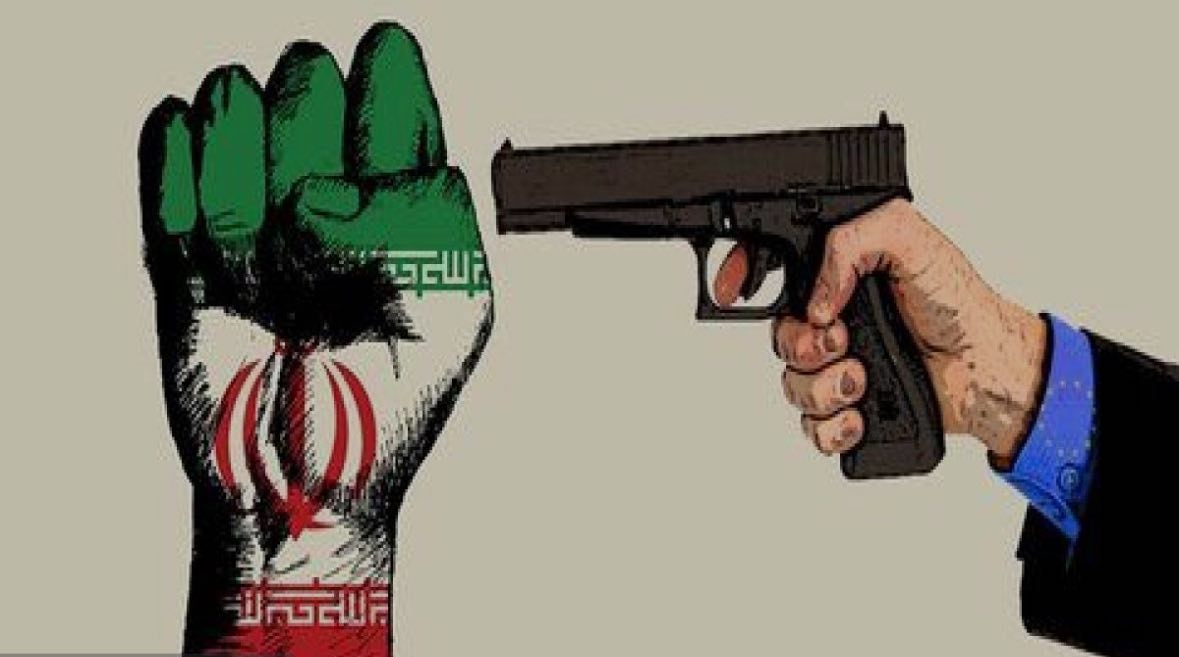The Trigger Mechanism or Europe’s War Trigger and the Moment of Major Decision Against Iran
The Trigger Mechanism or Europe’s War Trigger and the Moment of Major Decision Against Iran
On the verge of the expiration of the legal deadline for European parties to use the trigger mechanism, tensions surrounding the future of the Iran nuclear deal (JCPOA) have entered a decisive stage.
While recent developments, particularly limited U.S. military strikes and assessments of damage to Iran’s nuclear program, have complicated the equations, the issue of reverting to international sanctions has become one of Europe’s serious options.
Activating this mechanism could be considered a turning point in Western policy-making towards Iran and could divert the nuclear dossier from its current path.
The report you are about to read was published by the Iran Gate news agency and analytically examines, based on diplomatic sources, the various dimensions of the scenario of activating the trigger mechanism, its political, legal, and security consequences, and Iran’s potential reactions.
This analysis aims to provide a clear picture of the European parties’ considerations, their limitations, and the complex game forming around the future of the JCPOA.
Time Pressure and Europe’s Limited Options

It seems that European parties feel they must use their last remaining leverage within the nuclear agreement framework by the end of August, a leverage defined as the trigger mechanism.
As the legal deadline to use this tool approaches and in the absence of any tangible diplomatic progress, Europe finds itself in a position where it must either use this mechanism or lose it forever.
However, activating this mechanism could have significant legal and political consequences, including the annulment of UN Security Council Resolution 2231, which effectively suspended previous resolutions.
Returning to the Pre-JCPOA Era Reopening the Sanctions File
If the trigger mechanism is activated, the sanctions that were suspended in recent years based on UN Security Council resolutions will be re-imposed. These sanctions include the following:
1. Returning to Chapter VII of the UN Charter: Resolutions 1696 and subsequent ones allowed for the use of force if Iran did not cooperate with the International Atomic Energy Agency or withdrew from the Nuclear Non-Proliferation Treaty. 2. Ban on cooperation in nuclear and missile fields: According to Resolution 1737, countries are required to cease any technical assistance or sale of equipment related to Iran’s nuclear and missile programs.
Additionally, the seizure of Iran’s financial assets abroad and the severance of scientific communications are among the consequences. 3. Comprehensive arms embargo: Under Resolution 1747, any arms transactions with Iran are prohibited, including the sale of tanks, fighter jets, helicopters, and other military equipment. 4. Banking and logistical restrictions: According to Resolution 1803, banking, insurance, and transport cooperation with Iran is severely limited, and all incoming and outgoing shipments to Iranian ports and airports must be inspected. 5. Return of comprehensive sanctions: Resolution 1929 includes broader sanctions such as banning cooperation with entities affiliated with the Revolutionary Guards, prohibiting the establishment of Iranian bank branches abroad, and imposing severe restrictions on foreign investment in Iran.
The Scope of the Trigger Mechanism’s Impact
If this mechanism is activated, a set of international sanctions will be reinstated, with noticeable impacts in banking, maritime and air transport, foreign investment, and oil trade. These sanctions will not only add to Europe’s past sanctions but will also pile on top of unilateral U.S. sanctions, creating a maximum pressure environment on Iran’s economy.
Possible Reactions from Iran
In response to the activation of the trigger mechanism, Iran may resort to stringent countermeasures that go beyond past patterns. One proposed scenario is withdrawing from the Nuclear Non-Proliferation Treaty (NPT) and expelling agency inspectors. If Iran is convinced that its nuclear capacity has been damaged by U.S. airstrikes and it can no longer produce sufficient high-enriched uranium, it may decide to step out of traditional frameworks.
The presence of 400 kilograms of 60% enriched uranium, whose fate is still uncertain, will play a decisive role in this context.
The Relative but Political Impact of Sanctions
Although UN international sanctions are significant in terms of volume and scope, they have not had a substantial economic impact compared to the extensive U.S. sanctions over the past seven years.
Nevertheless, from a political and legal perspective, the return of these sanctions signifies a change in the playing field, as activating this mechanism could revert Iran’s nuclear dossier to the pre-JCPOA era and open the space for potential actions in the Security Council.
Two Scenarios Ahead: Pressure or Extension
Currently, Europe faces two main paths.
The first scenario is the immediate activation of the trigger mechanism. In this case, Europe activates the mechanism at the last moment, solely to prevent its expiration. This option, which is more of an emergency measure, could lead to the complete collapse of the JCPOA structure without a clear prospect of a replacement.
In such a situation, Iran may completely exit the path of international cooperation, and the risk of militarization of the nuclear program could increase, although recent U.S. strikes have somewhat limited this option.
The second scenario is extending the activation deadline of the mechanism. This possibility is based on the assumption that Iran will be willing to enter a new round of negotiations in response to new pressures, negotiations not limited to the nuclear program but also covering other issues such as missile and drone capabilities and Iran’s regional role. This path allows Europe to maintain its pressure tool without fully activating it and choosing the path of confrontation.
Such a scenario could also provide more time for a more comprehensive agreement.
The Game of Time and Diplomatic Tools
Ultimately, although the time pressure for Europe is real, political reality may lead them to adopt a more flexible option. Europe may prefer to keep the trigger mechanism as a pressure lever to achieve a broader agreement rather than as a punitive tool.
On the other hand, Iran, facing increasing pressures and limited options, might be inclined to reconsider its strategy and enter into negotiations with broader dimensions.

